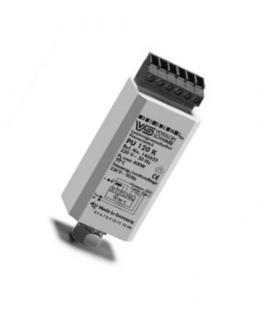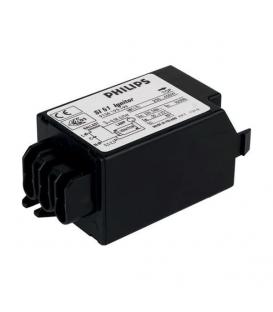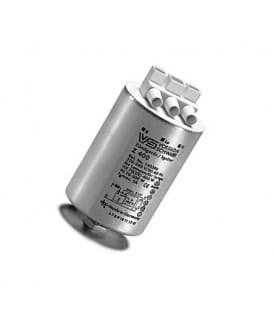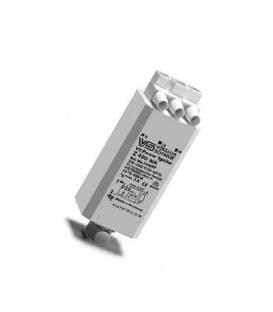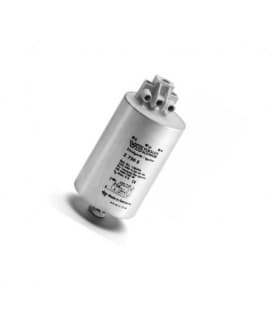Ignitors, HID & HS
Ignitors are compact electronic devices designed to provide the necessary voltage and current pulses to start and sustain the electric arc within HID and sodium lamps. They are typically small, durable, and engineered to handle the high voltages required for lamp ignition. Ignitors are often used in conjunction with ballasts, which control the lamp's operating voltage and current once the arc is established.
Certainly, let's compare and contrast the classic ignitors with Electronic Superimposed Ignitors (ESIs) for HID (High-Intensity Discharge) and sodium lamps.
Classic Ignitors:
Description: Classic ignitors, also known as magnetic ignitors, are traditional devices used for initiating and sustaining the electric arc in HID and sodium lamps. They are electromechanical components that rely on the principles of electromagnetic induction to provide the necessary high-voltage pulse for lamp ignition.
Explanation:
- Ignition Process: Classic ignitors operate by storing energy in a magnetic field created by the charging of a capacitor. When the lamp is turned on, the energy stored in the magnetic field is rapidly released, generating a high-voltage pulse. This pulse ionizes the gas within the lamp, initiating the arc between the lamp's electrodes.
- Voltage Boost: The high-voltage pulse generated by the classic ignitor is critical for overcoming the resistance of the gas in the lamp and establishing the arc. This voltage boost is necessary because the lamp's resistance is high when it's cold and unlit.
- Current Regulation: Once the arc is ignited, classic ignitors continue to provide a limited amount of current to stabilize the arc. However, they may not offer precise control over the current flow, which can result in flickering and instability in some cases.
- Mechanical Design: Classic ignitors use mechanical components such as relays and capacitors. While they are effective at igniting lamps, they are often bulkier, heavier, and less energy-efficient compared to modern electronic alternatives.
Electronic Superimposed Ignitors (ESIs):
Description: Electronic Superimposed Ignitors (ESIs) are modern electronic devices designed to replace classic ignitors in HID and sodium lamp systems. They utilize advanced electronic circuitry to provide precise ignition and control capabilities.
Explanation:
- Ignition Process: ESIs use semiconductor components to generate a controlled high-voltage pulse for lamp ignition. This pulse initiates the arc by ionizing the gas between the electrodes.
- Voltage Boost: Similar to classic ignitors, ESIs provide the necessary voltage boost for lamp ignition. However, electronic circuitry allows for more accurate control of the ignition process.
- Current Regulation: One of the significant advantages of ESIs is their ability to provide precise current regulation after ignition. They offer stable current flow, preventing flickering and ensuring consistent lamp operation.
- Energy Efficiency: ESIs are designed to be energy-efficient and convert electrical energy more effectively into the required ignition and operational requirements of the lamp.
- Compact Design: Electronic design allows ESIs to be compact and lightweight, making them easier to install and maintain in various lamp fixtures.
- Compatibility: ESIs are designed to work with various lamp types and are adaptable to different lighting applications.
In summary, while both classic ignitors and Electronic Superimposed Ignitors serve the purpose of igniting and stabilizing HID and sodium lamps, ESIs offer several advantages over their traditional counterparts. ESIs provide more precise control over ignition and current regulation, are energy-efficient, and have a compact design. These improvements contribute to better lamp performance, longevity, and overall efficiency in lighting systems.



